
Turn on the television and it seems like the world is spinning out of control with bizarre and unexplainable things, from ISIS, to unlikely Presidential candidates filling the airwaves. Steve Coast looked at the recent spate of weird aircraft incidents to explain why the world seems to be getting weirder:
- Planes used to crash because of cracks in the frame, outward opening doors, and even urine corrosion. All those problems were fixed.
- In fact most problems with airlines were fixed with the introduction of a checklist. Since then we’ve been trying to solve ever smaller and niche problems.
- Thus now when airlines crash it’s for the most bizarre reasons – pilot suicide, anti-aircraft missile, or simple disappearance into the oceans.
- With airplanes we may be at a point where the solutions we’re coming up with are actually creating more problems.
- After 9/11 airplane cockpits had to be locked. This allowed a suicidal German pilot to fly a passenger jet into a mountain.
- Now an air steward has to be in the other pilot’s seat anytime one of the pilots has to leave the cockpit. Perhaps the next crash will happen when a steward makes a mistake while sitting in the pilot’s seat.
- It could also be why America’s houses of government are grid-locked. The US government has arguably come up with fixes for most of the problems that governments face. Now lawmakers are bickering over weirder things like debt ceilings.
Read more about what this could say about the wider economy and the internet, as well as how this all connects to The Joker from The Dark Knight here.
Source: Playboy
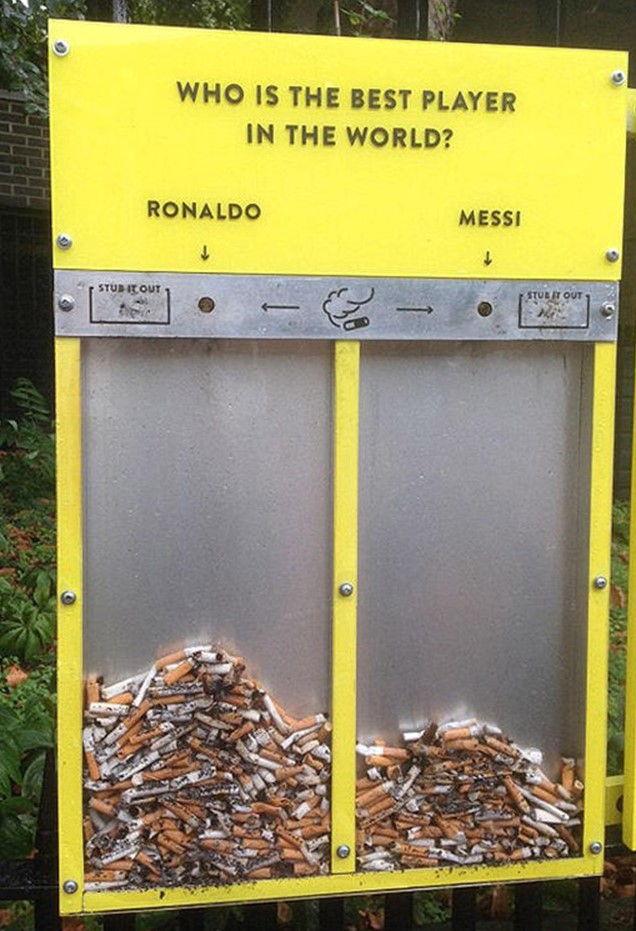

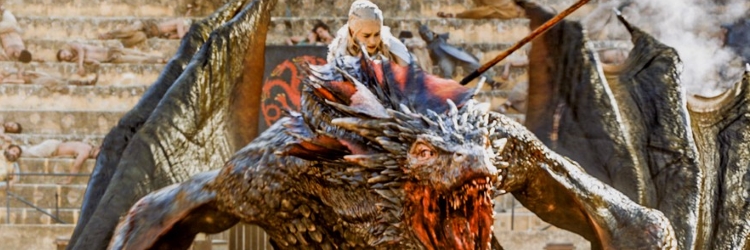








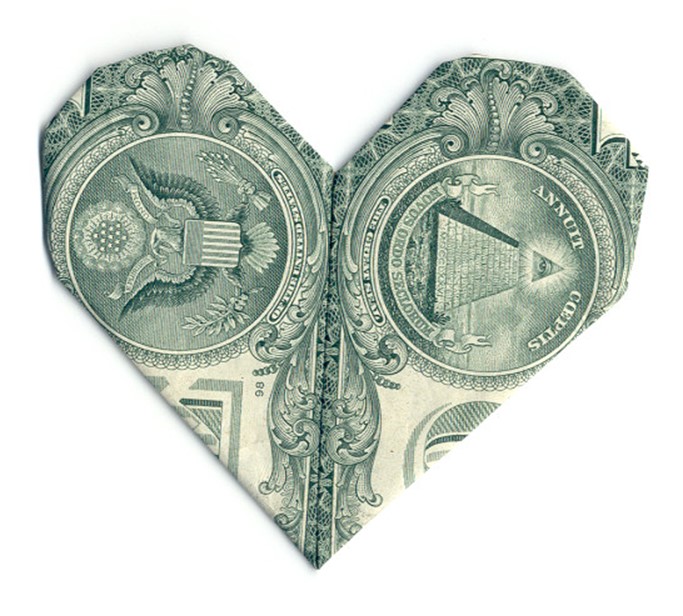

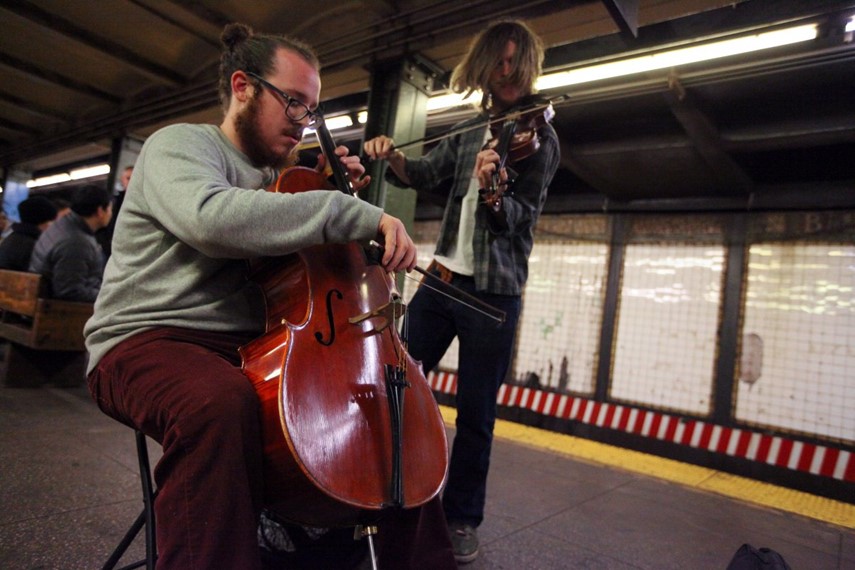
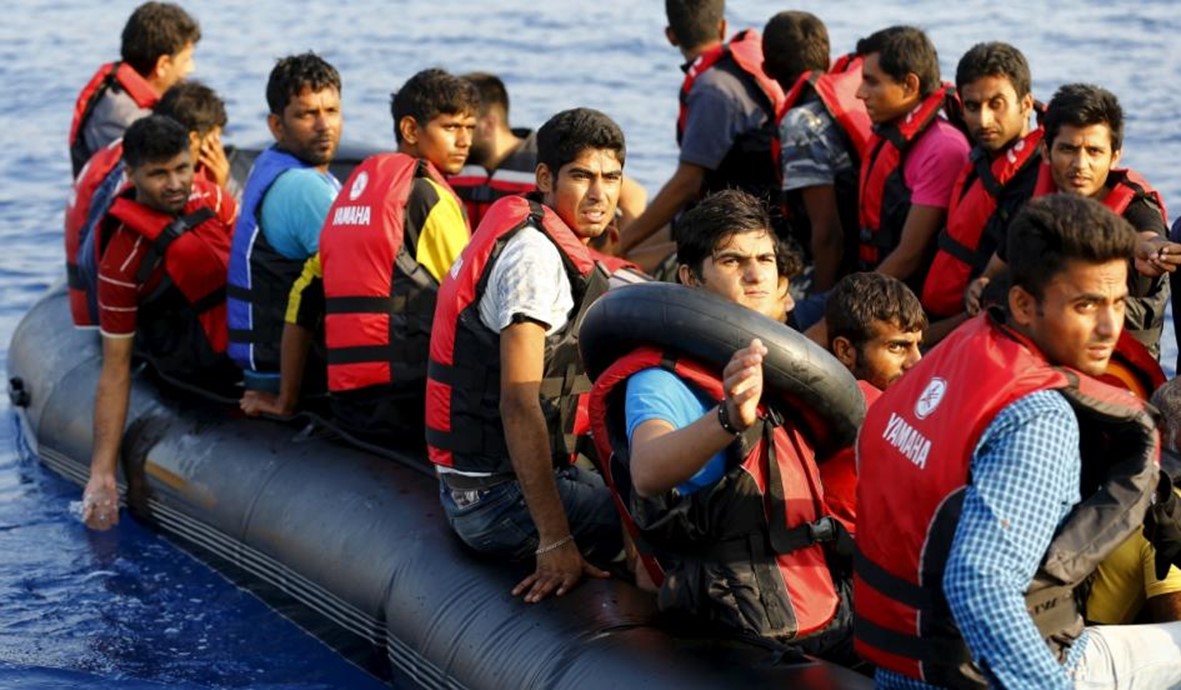
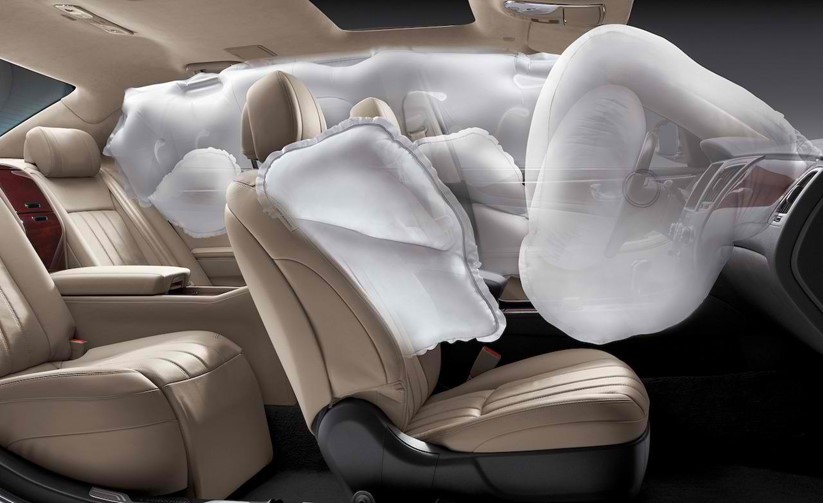
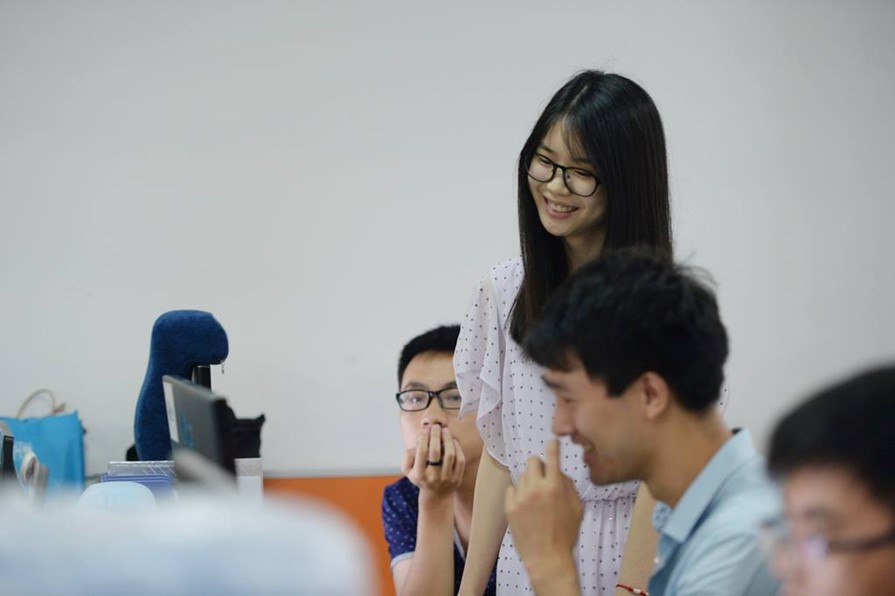
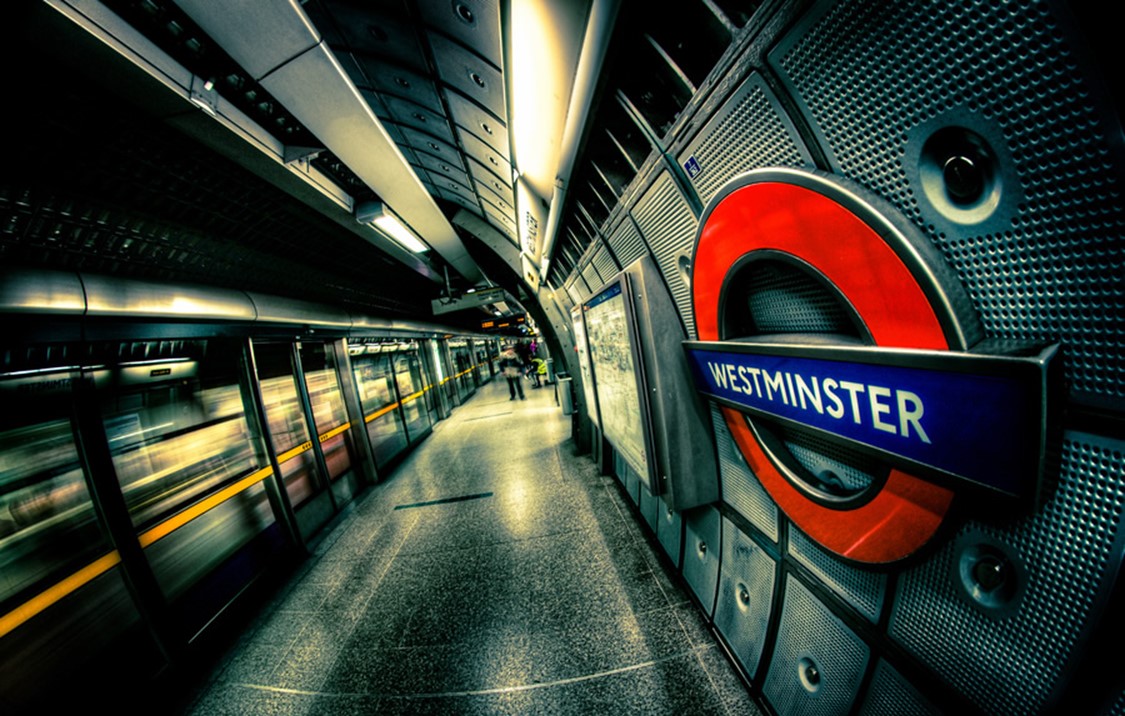
Join the Discussion! (No Signup Required)